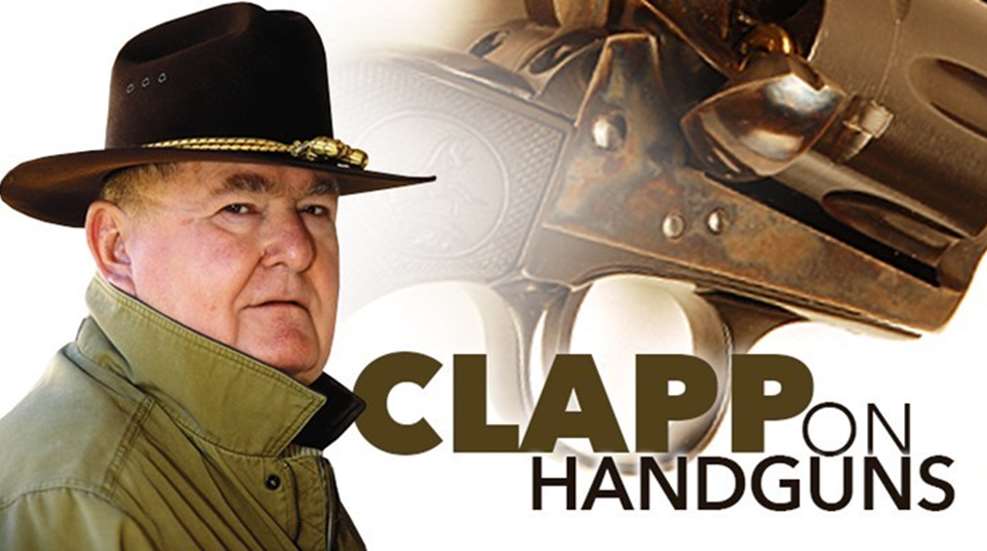
When compared with the rest of the world, the streets of America are still pretty placid. There are signs that this is changing. If you are so unfortunate as to be caught in the midst of one of those situations that lead on the 6 o’clock news, you have a serious problem. But if a gun is going to be your tool of choice in resolving the dilemma, it is going to be the gun that was selected on the basis of dealing with one or two street hoodlums. There is a greater likelihood that this will happen—muggers, carjackers, ATM thieves, etc. I am talking about common-sense criteria in choosing a concealed-carry firearm. At the outset, we have to differentiate between a home-defense handgun and a concealed-carry one. They are very different.
In a home or apartment, it is relatively simple to hide a firearm of any size. They can go in the multitude of drawers, behind doors, under beds and even such clever locales as the inner face of a closet above the door. Let your imagination run. The size and weight of a gun are not really that important, since the gun exists to be used at home only. You don't have to carry it and greater weight can actually be an advantage in that a heavier gun recoils less and is easier to control. As a matter of fact, handguns are not necessarily the best choices for home-defense firearms and short, properly equipped shotguns are far better. If you choose to go with a handgun, there are many options to consider. The current state of handgun marketing is involved with a great many features that are in conflict with choosing a concealed-carry handgun. By the way, a carefully chosen concealed-carry handgun is usually adequate for a home-defense handgun.
The iron rule of concealed-carry gun selection is that the gun must always be there. Its mass—size and weight—must not be such that you rationalize away carrying it. Usually this happens when the little snubby that was so neat in a parka pocket or purse all winter becomes a bit much too much when summer brings Bermuda shorts and a T-shirt. Obviously, the concealment is much more difficult to accomplish in the lighter clothing of mid-year. Traditionally, women carry purses year round and makers offer bags of many styles that make summer carrying somewhat easier. The important consideration is to choose a gun that can be—and therefore more likely will be—carried habitually. With rare exceptions, this is a small pistol or revolver. What features should such a gun have?
To be a gun in the sense of defensive shooting, it needs to be up to the job at hand. That means the ability to stop a criminal attack decisively. In order for that to happen, the gun has to fire a cartridge with proven terminal ballistics performance, as well one with successful historical precedent. In my opinion, that cartridge should never drive a bullet smaller than .38 (9 mm) caliber. In actual cartridges, nothing smaller than 9 mm Luger for pistols and .38 Spl. for revolvers. This belief rules out a large number of really sweet little .380 semi-automatics that have come on the market in recent years, deliberately created for the concealed-carry role. The difference between the .380 and the 9 mm Luger is as much as 50 grains of bullet weight and as much as 300 fps in velocity—a huge differential. Some of the little .380s are very appealing, but for every miniaturized .380 that's out there, there is also a 9 mm of the same size. My “no .380s” belief is often disputed, but I'll stand by it. On the revolver side of things, all three of the current revolver makers (Ruger, Taurus, S&W), offer small revolvers in .38 Spl. and even .357 Mag. that are also light. In both revolvers and autos, cartridges more powerful than those noted are good choices if you can handle and hide the guns that use them.
Obviously, we are discussing repeating handguns, not one- or two-shot derringers. So how much capacity do we really need? If you get into one of those “news at 6 o’clock” situations, you cannot have enough ammo. But for the more likely situation of confrontations like carjacking or street robbery, they are usually resolved with two or three rounds. I don't believe you need more than five or six. There is nothing wrong with a high-capacity magazine unless it engenders a spray and pray mentality. As my buddy Wayne Novak often says, “The reload is already in the gun.” The major drawback to high-capacity pistols is bulk. We have already talked about small and light and the high caps are anything but. Most concealed-carry revolvers small enough and light enough to measure up are either five or six shots. The basic concept here is to avoid a gun with higher capacity if it has an unacceptably greater mass.
It is also much in vogue to add devices that can improve the gun's usefulness. Before there were rails on the dust cover and onto which we affixed lights and/or lasers, we learned the Harries techniques with flashlights and focused on the front sight. That short section of Picatinny rail is built into some of the smallest pistols made. It is so common that a maker who introduces a new pistol without one isn't going to sell as many guns. But consider that the devices we affix to our rails are invariably bulky and awkward to manage. The smaller the gun, the more this happens. I have never seen or heard of a shooter habitually carrying (concealed) an auto with a light or laser affixed. The gun is with us against the possibility of a life-threatening emergency. It is unwise to assume there will be time to find the light or laser wherever it is stored and mount it on the gun in time to have any useful effect. I doubt that I will ever be able to argue the rail off of any gun, because the maker says that if you don't like it, don't use it. So the rail is probably going to persist, but don't feel that it's essential to have or use either a weaponlight or a laser sight. Visible sights are necessary and a great variety are available. Since the gun will be handled a great deal as you go about your business, there is a chance that it will be roughly handled. Sights that are not tough enough to take a beating are not worth having. Choose something that is rugged and simple.
I have been putting forth the major elements of this argument over the last few years and I believe it is pretty sound. But I have come to believe that another factor needs to be considered. The economies of practice need to be addressed. Regular practice with your chosen CC handgun is essential, so it should be as inexpensive as possible. 9 mm ammo is currently available over a considerable price range, so stock up on the cheap imported stuff and keep the pricey JHPs for serious work. Also, in the revolver line, most of the center-fire snubbies have a rimfire counterpart. Buying a second gun and a supply of ammo is such a good idea that others may have thought of it. At least for now, .22 ammo is in short supply and is overpriced.
Above all other factors, your gun needs to be small and light enough that you carry it habitually. It should be powerful enough to decide an unwanted attack in your favor. Keep it simple and avoid the accessories that might be nice, but are not necessary. Select an operating system you like, as well as a capacity. Then practice, practice, practice.













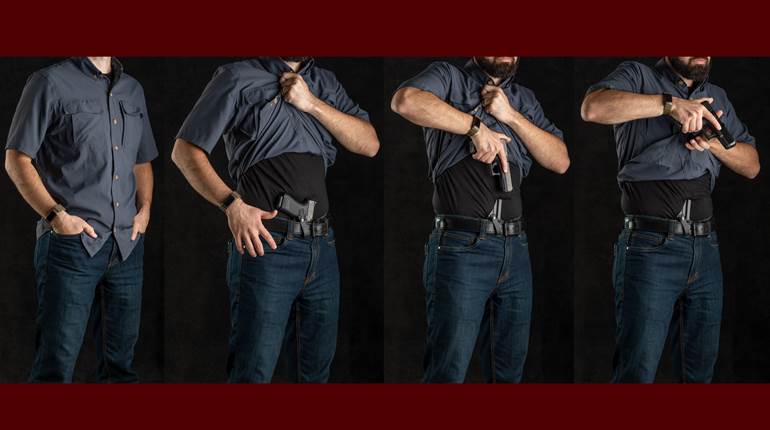

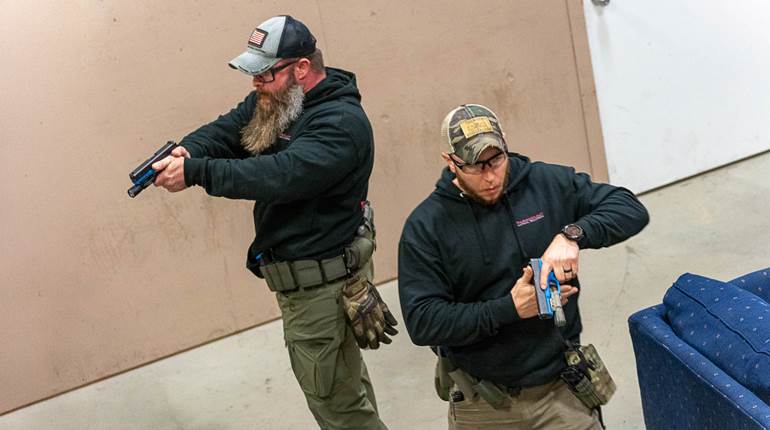





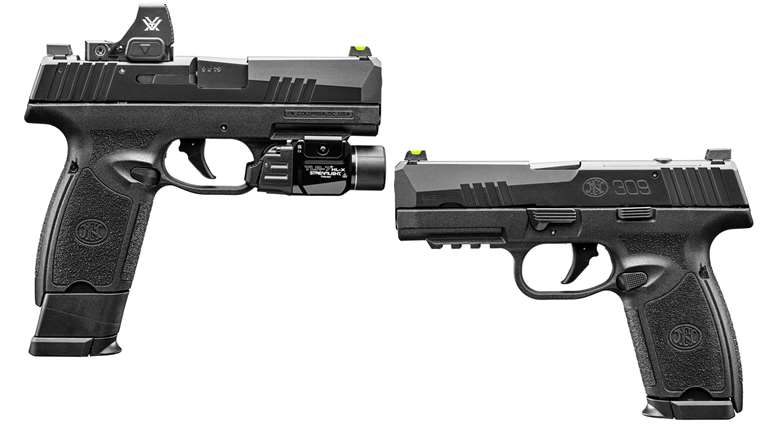
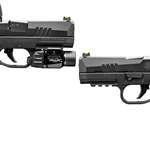

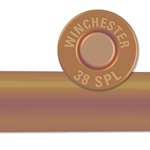
![Oconnor Small[67]](/media/bu2le2tp/oconnor-small-67.jpg?anchor=center&mode=crop&width=770&height=430&rnd=134126774953630000&quality=60)
![Oconnor Small[67]](/media/bu2le2tp/oconnor-small-67.jpg?anchor=center&mode=crop&width=150&height=150&rnd=134126774953630000&quality=60)











